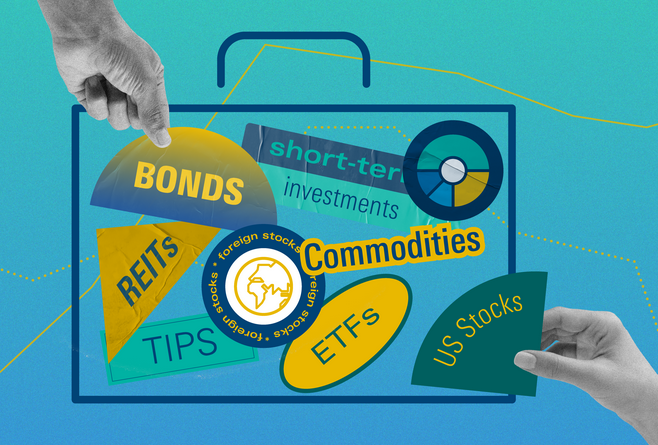Equity ETFs posted their first positive quarterly flows outcome of 2016, attracting EUR 4.6 billion in net new money in the third quarter of 2016. This was the first positive quarterly outcome for the asset class this year. Assets under management in equity ETFs at the end of the third quarter totalled EUR 318.2 billion, up from EUR 301.3 billion in the previous quarter.
Despite the resurgence of equity market sentiment, fixed-income and commodities proved again the main beneficiaries of investors’ money flows in the quarter. Fixed-income ETFs attracted EUR 8.5 billion in net new money in the third quarter, further building on the solid outcome of the previous two quarters. Over the first nine months of 2016, fixed-income ETFs have attracted EUR 23.1 billion in net new money.
Further findings from Morningstar’s ETF fund flows report for Q3 include:
- Commodity ETCs and ETFs pulled in EUR 4.9 billion in the third quarter, surpassing the EUR 3.3 billion recorded in the previous quarter. This is proving a bumper year for the asset class, and in particular for gold, which is the net recipient of the vast majority of investors’ money.
- Strategic-beta – commonly known as smart beta – ETFs attracted close to EUR 2.4 billion of net inflows in the third quarter, matching the figure recorded in the previous period. Assets under management in strategic-beta ETFs have grown to EUR 39.6 billion, or 7.7% of the total European ETF market, up slightly from 7.6% at the end of the second quarter.
- iShares attracted 56% of the net new money flowing into European ETFs in the first nine months of 2016, while its assets under management have risen to EUR 237 billion; representing a 46% market share.
- At the other side of the flows table, we find db X-trackers, which saw EUR 1.9 billion in net outflows in the third quarter and investors withdrawing over EUR 2.8 billion from its ETF suite in the first nine months of the year.
Jose Garcia-Zarate, Associate Director of Passive Strategies Researchfor Morningstar, comments:
“Similar to the second quarter, albeit in a more decisive manner, in Q3 investors showed a preference for US and emerging markets equity. As the year has progressed, investors have taken a more sanguine approach to the risks surrounding emerging markets. The likelihood of a growth slowdown, as foretold by forecasters back in 2015, had long been priced in, whereas investors are now taking heart from signs that the worst of those predictions may not come to pass. European investors continue to value the comparative strength of the US equity market relative to that of home. By quantitative standards, US equities may look overvalued. And yet, from a qualitative standpoint, they still seem to trump a European equity market dogged by key fundamental risks, most notably with regards to the health of its banking system.”
For the full report, please click here.





















